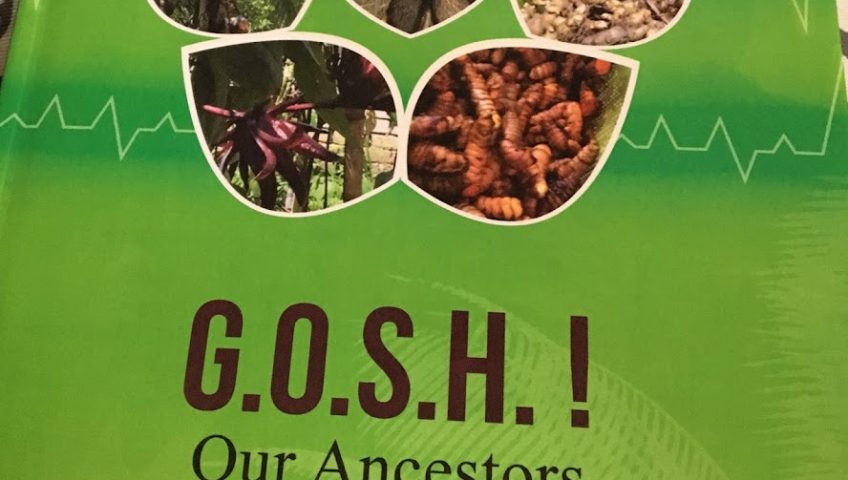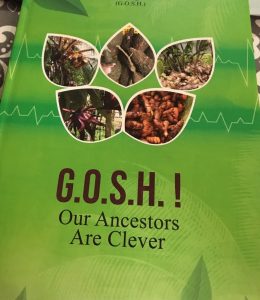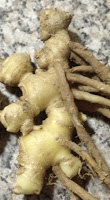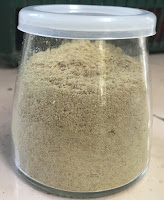
My love affair with tomatoes
To grow your own tomatoes organically, I think one of the prerequisites is having a love affair with it.  Why? It is nor easy to grow it organically because pests love it – take your choice: white flies, aphids, grasshoppers, mealybugs, sooty mold and others. Hence pest control is important. It also requires good, balanced fertilisation to produce a healthy, fruiting plant. However, if the plant is healthy and an organic pest control routine is implemented, the rewards are great.
Why? It is nor easy to grow it organically because pests love it – take your choice: white flies, aphids, grasshoppers, mealybugs, sooty mold and others. Hence pest control is important. It also requires good, balanced fertilisation to produce a healthy, fruiting plant. However, if the plant is healthy and an organic pest control routine is implemented, the rewards are great.
Everyone knows tomatoes are good for you: rich source of vitamin A, C, enzymes like lycopene and other nutrients. The taste of vine-ripened tomato is simply delicious. Growing your own organically allows you to reap these benefits without the toxic chemicals either in the growing stages or after harvest to preserve its appearance.
 I have always wondered why the term “vine-ripened” tomato was use as I didn’t associate it with a “vine” plant like grapes. In my latest planting, I finally saw why and saw proof of why this plant care regime was better, My previous planting efforts always seem to have one main stem with some branches. This time around, I saw lots of offshoots at from the main stem and also on the branches, making the plant growth seeming to be haywire making using a single stake support system not viable. As I was testing different ways to provide support for the plant, I found that having a line support system works well as it allowed for the vine to grow how it wants and yet have a support. I just use rafia strings (tali rafia) and strung it along with ends tied to supporting poles – a simple and inexpensive way of providing support to the plant.
I have always wondered why the term “vine-ripened” tomato was use as I didn’t associate it with a “vine” plant like grapes. In my latest planting, I finally saw why and saw proof of why this plant care regime was better, My previous planting efforts always seem to have one main stem with some branches. This time around, I saw lots of offshoots at from the main stem and also on the branches, making the plant growth seeming to be haywire making using a single stake support system not viable. As I was testing different ways to provide support for the plant, I found that having a line support system works well as it allowed for the vine to grow how it wants and yet have a support. I just use rafia strings (tali rafia) and strung it along with ends tied to supporting poles – a simple and inexpensive way of providing support to the plant.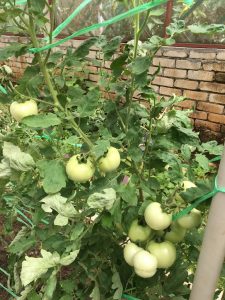 I have experimented with many types of organic fertilisers as well as frequency of fertilising. What I have had most success with is a combination of fish amino acids with magnesium and enzymes including EM1 applied on a weekly basis. Periodically, when the roots appear at the surface, I will top-up with soil mixed with organic matter and chicken or goat manure. These fertilising regime encourages flowering and fruiting with the necessary nutrient support.
I have experimented with many types of organic fertilisers as well as frequency of fertilising. What I have had most success with is a combination of fish amino acids with magnesium and enzymes including EM1 applied on a weekly basis. Periodically, when the roots appear at the surface, I will top-up with soil mixed with organic matter and chicken or goat manure. These fertilising regime encourages flowering and fruiting with the necessary nutrient support.


